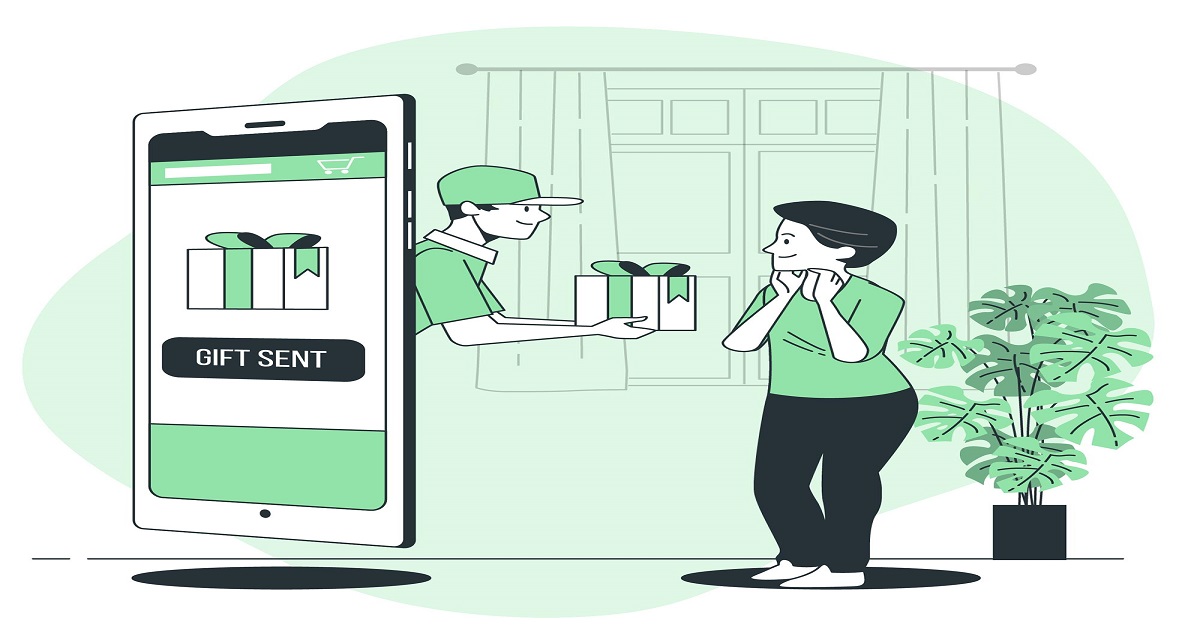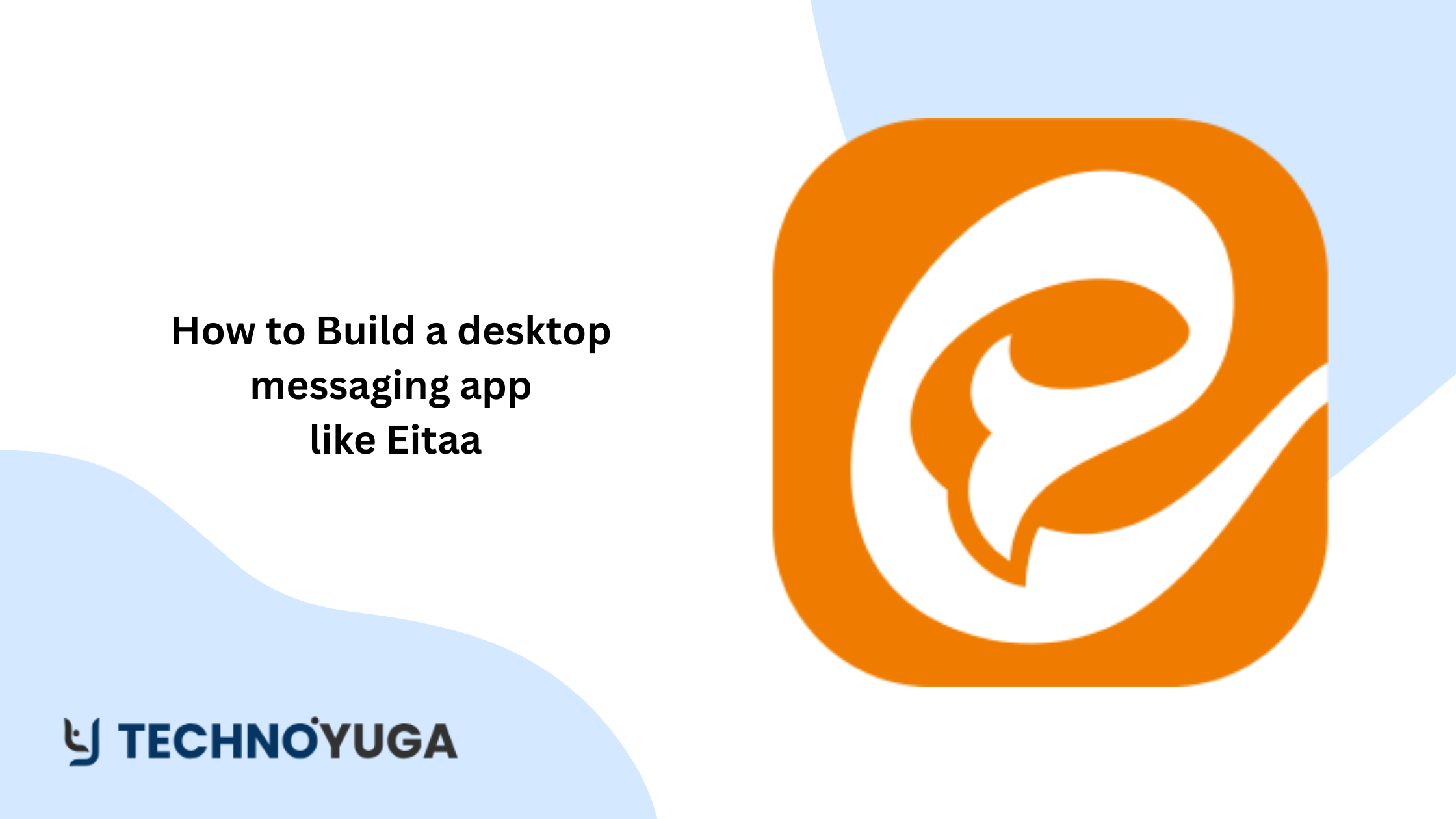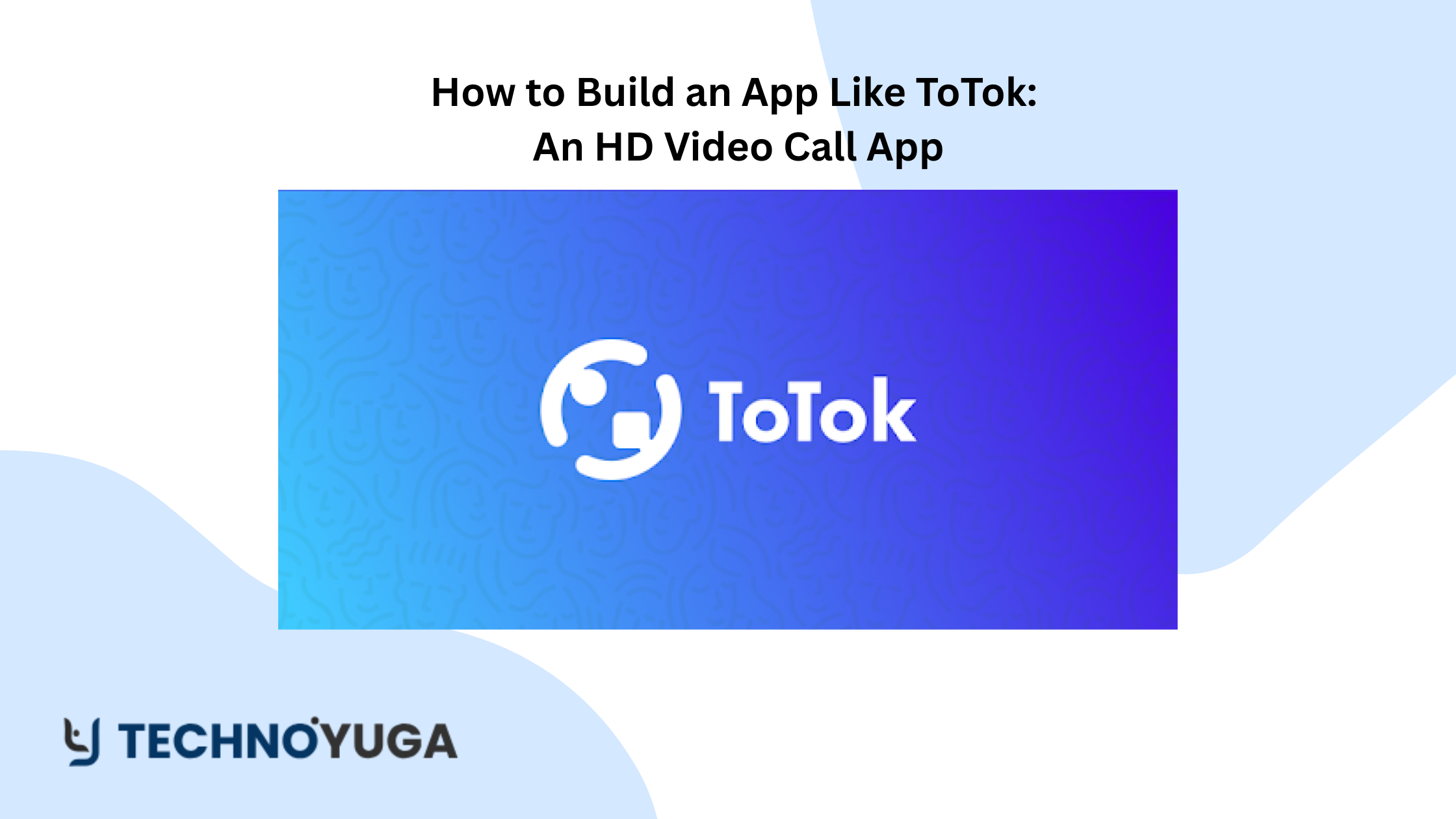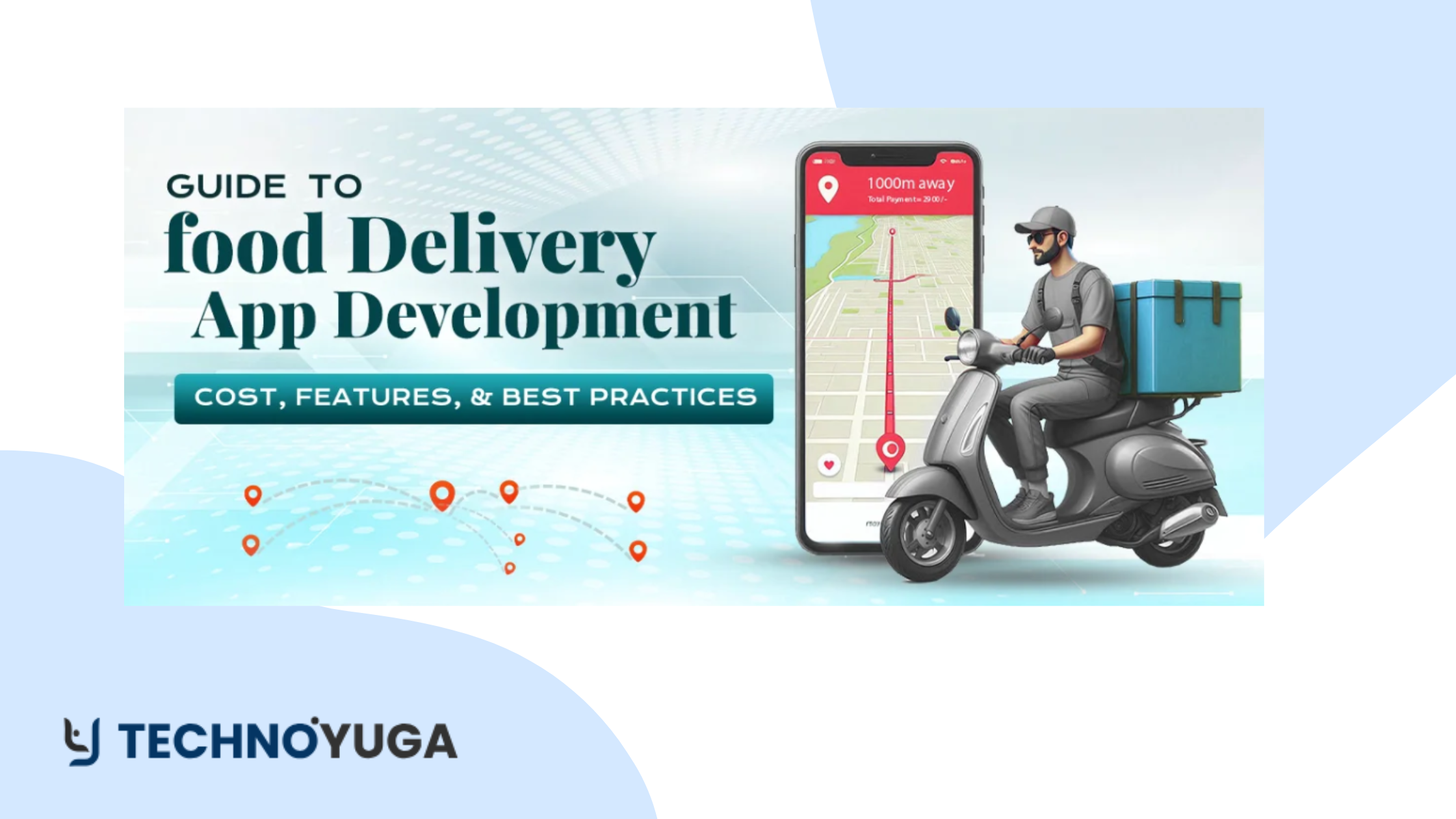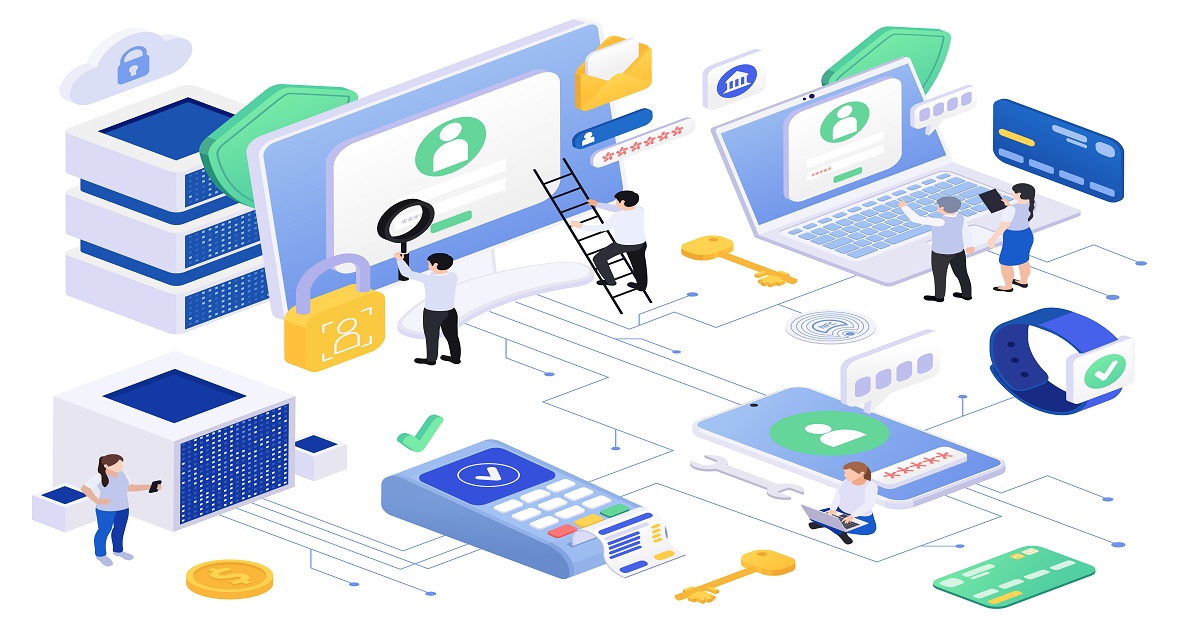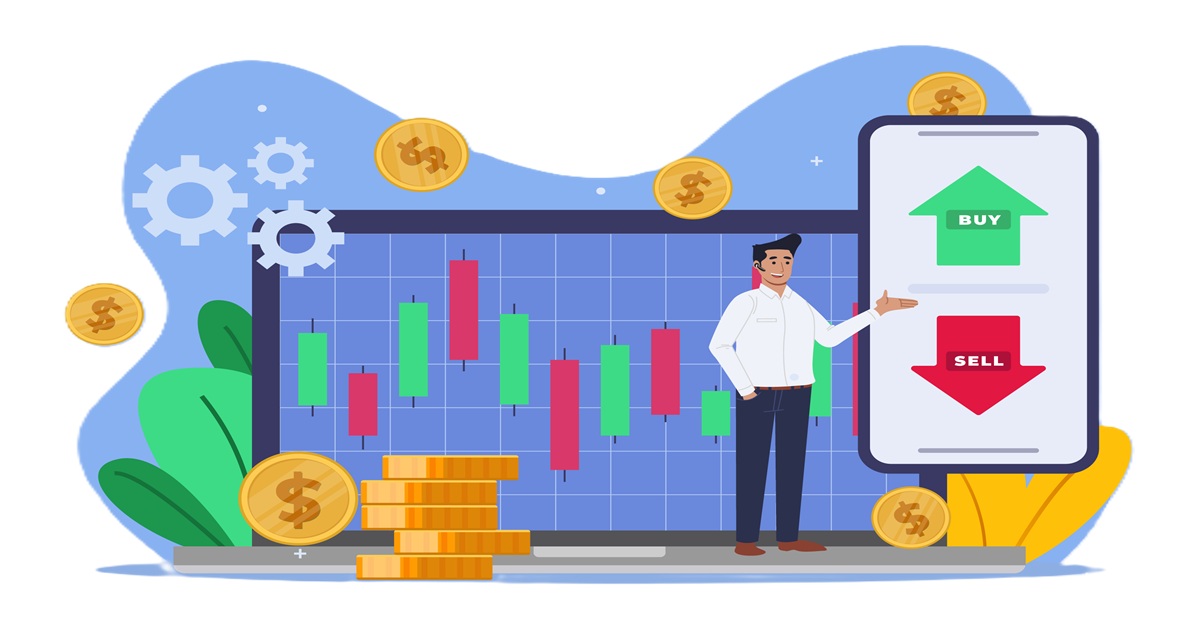Sending gifts has never been so simple as in today’s fast paced digital world. With the increase in the use of on demand services, many businesses are getting onboarded with gift delivery app development to match the ongoing demand for swift and customized gifting. If you are a business or an entrepreneur trying to build a gift delivery app for your first customers or an existing business looking to update your existing dot com to a gift delivery app, you must have answers for its development process, key features and tech stack.
If you are curious about how to create a gift delivery app, then this guide explains the gift delivery app business model, and picks out the perfect tech stack for the development of a gift delivery app. In addition to this, we will also discuss some of the distinctive features of gift delivery app like real time tracking of gift delivery app, seamless payment integration and user friendly gift delivery app design.
Businesses now have various options of Mobile app development, especially the customizable gift delivery app development for different customer’s needs. If you are thinking of developing an on demand gift delivery app for birthdays, anniversaries or just such surprise, it will help to work with best on demand app development company.
Deciding between iPhone app development or Android app development company services or not and also estimating the mobile app development costs is an important part of building a successful gift delivering mobile app. Be it that you want to hire dedicated developers or target instant gift delivery app development, this guide will assist you in making the right moves towards making a profitable gifting business. Let’s dive in!
Defining Your App’s Concept and Business Model
First thing first, that app should have a clear conceptual idea and a gift delivery app business model which guarantees the profit and scalability. Here’s how to approach it:
Choose the Right Concept.
Deciding what service you want to offer for building a mobile app for gift delivery is the first thing you should take care of. Some common models include:
- Gift Delivery App On Demand – let customers get their gifts in minimal time frames (two hours or so).
- Scheduled Gift Delivery App – a delivery app for birthdays, anniversaries, or holidays.
- Subscription Gift App – Users subscribe to get a (or a set of) gifts or their history on a recurring basis (monthly personal gift boxes, for example).
- Gift Delivery App that is Available for Customization – Enables users to engrave names or write custom messages before ordering gifts.
Define your gift delivery app business model.
Preferring the right business model ensures your app becomes sustainable.
- Commission Based Model: Get a % of every order in from brand owners requiring product placement according to a model of your choice.
- Subscription: Apply a monthly or yearly flat rate for some or all of the products’ benefits, free delivery and/ or special discounts.
- SaaS Model: Like web applications with image processing and other features charging on a subscription basis, and using the Freemium Model to afford(optional) premium features.
- Partnering with Local or Global Gift Shops: Sell gift products through an affiliate and take a share of sales.
- Revenue from advertisement based: This is what will allow you to make money from your app by using brands to advertise their products.
Identify Your Target Audience
When creating a gift delivery app you will need to know your potential users. Your audience may include:
- People however would need to search for last minute gift delivery options.
- People who like customized or first class gifting techniques
- If we are talking about the businesses that will send corporate gift to their client or employee.
- Bulk order necessity for special occasion event planners
Competitive Research and Market Trends
To stand out in the on-demand app development industry, analyze existing competitors and market trends. Look at:
- Features offered by top gift delivery apps
- Pricing models and user preferences
- Emerging technologies like AI-powered recommendations and real-time tracking for gift delivery apps
Select the Right Tech Stack for Building a Gift Delivery App
The tech stack for building a gift delivery app should support scalability, security, and a seamless user experience. Some essential technologies include:
- Frontend: Flutter, React Native, Swift (for iOS), Kotlin (for Android)
- Backend: Node.js, Django, Ruby on Rails
- Database: Firebase, PostgreSQL, MongoDB
- Cloud & Hosting: AWS, Google Cloud, Azure
- Payment Integration: Stripe, Razorpay, PayPal
Key Features to Include in Gift Delivery App
It is important that for the success of a gift delivery app, there are some key features that improve the user experience, facilitate operation and enable delivery. The key features to include here are:
1. User Registration and Login
Provide an easy and secure authentication to users by allowing them to sign up and log in using email, phone numbers or social media accounts.
2. User-Friendly Product Catalog
Users have the chance at an intuitive and well categorized gift catalog with the option of filtering it down by price, occasion, recipient and brand so that they can easily find that perfect gift.
3. AI-Powered Gift Recommendations
AI of the user behavior and way of preference can promote the shopping experience through the introduction of the suggestions made on the basis of the user behaviour and way of preference.
4. Customization Options
Allowing users to personalise messages, engravings and/or custom wrapping to make their gifts even more unique.
5. Multiple Payment Options
Accept a variety of payments using payment gateways like credit / debit cards, e-wallets, UPI, PayPay, and buy now pay later options, and seamlessly facilitate a checkout process.
6. Real-Time Order Tracking
Live tracking updates provide the users with your orders from dispatch to delivery.
7. Multiple Delivery Options
Provide flexible delivery options such as same day delivery, scheduled delivery, express shipping to meet various user needs.
8. Push Notifications and Alerts
Send timely updates about the status of the orders, promotions, discounts and remider of personal gifts to hold user’s interest.
9. Wishlist and Favorites
This allows users to save their favorite gifts for later purchases because, it is very convenient to them (users) to be able to come back and view their selections.
10. Secure and Easy Checkout
The smooth and fast checkout experience along with the auto filling details and one click payment makes the process user friendly.
11. Customer Support and Chatbot Assistance
Resolve user queries fastest and integrate AI powered chatbots and live customer support.
12. Vendor and Inventory Management
For multi-vendor platforms, a stock, orders and delivery management dashboard do help it run in smooth fashion.
13. Delivery Partner Panel
A dedicated interface for delivery partners that includes navigation, order status updates, and earnings tracking ensures efficient deliveries.
14. Reviews and Ratings
Enable users to leave feedback and ratings for gifts and delivery experiences to improve service quality and trust.
15. Referral and Loyalty Programs
Incentivize users with discounts and rewards for referring new customers or making repeat purchases.
16. Augmented Reality (AR) Gift Previews
AR technology allows users to visualize how a gift will look before making a purchase, adding an interactive experience.
17. Social Media Integration
Allow users to share their favorite gifts or wish lists on social media platforms, increasing engagement and organic reach.
18. Multi-Language and Multi-Currency Support
For global reach, support multiple languages and currencies to cater to a diverse audience.
19. Admin Dashboard for Analytics
A backend dashboard with detailed analytics helps track sales, user behavior, and app performance to optimize business strategies.
20. Secure Data and Privacy Compliance
Implement strong encryption and data protection measures to ensure user security and compliance with privacy regulations.
Development Process to Build a Gift Delivery App in 2025
- Market Research & Requirement Gathering
- UI/UX Design (wireframes, prototypes, user experience testing)
- MVP Development (building core functionalities first)
- Backend & API Development (database setup, third-party integrations)
- Testing & Quality Assurance (manual, automated, performance, security testing)
- Launch & Deployment (App Store, Play Store, web version if applicable)
Marketing and Growth Strategies for a Gift Delivery App in 2025
To build a gift delivery app, it is necessary to have a well-planned approach; otherwise, you will have pieces of functionality which do not work properly, application can get stuck and users will feel unsatisfied. The process of developing here is step by step, which is presented below.
1. Market Research and Requirement Gathering
To begin development, it is important to survey the market trends, understand customer ‘wants,’ and assess competitors. Outline the core objectives of your app, like instant delivery, thinking of pleasant gifting options, or recommendations powered by AI. Write requirements of user experience, payment gateways, delivery tracking and vendor partnerships.
2. UI/UX Design
Gift delivery app design makes it user friendly and increases engagement of users and improves their journey with the customer. Key steps include:
- Identify the structure and navigate the app through creating wire frames.
- Creating intuitive user interfaces with interfaces to simplify selecting, customizing, and checkout gifts.
- Creating something visually appealing and responsive for both mobile and web platforms.
3. Tech Stack Selection
Since it’s all about performance and scalability, it’s essential to align a good gift delivery app tech stack.
- Frontend: React Native, Flutter, Swift (iOS), Kotlin (Android).
- Backend: Node.js, Django, Ruby on Rails.
- Database: Firebase, PostgreSQL, MongoDB.
- Cloud and Hosting: AWS, Google Cloud, Azure.
- Payment Integration: Stripe, Razorpay, PayPal.
- AI and Personalization: OpenAI, TensorFlow for recommendations and chatbots.
4. MVP Development
Basing an app is built around a Minimum Viable Product (MVP) to get a version of the app launched with the core functions and yet not cost the business as much as fully launching it. This phase includes:
- User authentication and profile management.
- Product browsing and search functionality.
- Order placement, payment integration, and checkout.
- Tracking of gift delivery app in real time.
- Admin dashboard for order and inventory management.
5. Backend and API Development
What is backed by the backend is handling user requests, orders, vendor data, etc. API integrations are needed for:
- Payment gateways.
- Third-party delivery services.
- AI-driven recommendations and chatbots.
- SMS and push notification services.
6. Testing and Quality Assurance
Thorough testing ensures the app is bug-free and functions smoothly across different devices. Key testing phases include:
- Functional Testing: Verifying core features such as order placement, payments, and delivery tracking.
- Performance Testing: Ensuring the app can handle high traffic during peak seasons.
- Security Testing: Protecting user data, payment details, and preventing cyber threats.
- Usability Testing: Gathering feedback to improve user experience.
7. Deployment and Launch
Once testing is complete, the app is ready for deployment on the App Store (iOS) and Play Store (Android). The launch strategy should include:
- App Store Optimization (ASO) for better visibility.
- Marketing campaigns to attract initial users.
- Partnering with vendors and local stores for better reach.
8. Post-Launch Support and Updates
Regular updates and maintenance are necessary to keep the app relevant and competitive. This includes:
- Bug fixes and performance enhancements.
- Adding new features based on user feedback.
- Scaling the app to support more users and orders.
Marketing and Growth Strategies for a Gift Delivery App in 2025
It starts with launching gift delivery app. You can’t have a successful marketing and growth strategy without an effective one. Key approaches to promote and grow your gift delivery app in 2025 are here.
1. App Store Optimization (ASO)
Improve visibility of your app’s listing on the App Store and Google Play. The title, description, and metadata of this post should include relevant keywords such as “gift delivery app,” “on demand gift delivery” and “instant gift delivery app development”. In addition to high-quality screenshots, engaging app previews, downloads will also be helped by positive reviews.
2. Social Media Marketing
Use Instagram, Facebook and TikTok as leverage to interact with your audience. Post visually appealing posts of trending gift ideas, special promotions and customer testimonials. Collaborate with celebrities or bloggers who are gifted, gifting, lifestyle or e-commerce focused to reach a wider audience with influencer marketing.
3. Web Presence SEO
Optimize the website/blog of your app for search engines. Publish content around topics such as how to build gift delivery app, gift ideas best and the benefits of using gift delivery app as high-intent keywords to get organic traffic and attract the potential customers.
4. Paid Advertising Campaigns
To put in Google Ads, Facebook Ads, and Instagram Ads to capture the users, who are interested in your product and service, and who lives close to you, and who already bought from you earlier. Retargeting ads can also be used to reattract your users who have shown some interest in your app but were not able to complete the purchase.
5. Referral Programs and Loyalty Rewards
To get new users, offer discounts, cashback, even free deliveries for referral by the existing users. Set up a loyalty program similar to the way Amazon works with repeat customers – point system where repeat customer earns points for each purchase (which can be redeemed for discount or exclusive gift).
6. Seasonal and Event-Based Promotions
Capitalize on major occasions like birthdays, anniversaries, Christmas, Valentine’s Day, and Mother’s Day. Offer limited-time discounts, gift bundles, or free delivery promotions during peak seasons to attract more customers.
7. Partnerships with Local Vendors and Businesses
Collaborate with local gift shops, florists, and personalized gift brands to expand your product offerings. You can also partner with corporate companies to provide bulk gift delivery services for employee appreciation and corporate gifting.
8. AI-Powered Personalization and Push Notifications
Use AI to analyze customer preferences and recommend personalized gift options. Send timely push notifications about special discounts, reminders for upcoming occasions, and abandoned cart alerts to increase conversions.
9. Influencer and Affiliate Marketing
Partner with lifestyle influencers, YouTube reviewers, and bloggers to showcase your app’s features. Offer affiliate commissions to content creators who drive downloads and sales through their referral links.
10. Customer Support and Engagement
Provide excellent customer service through live chat, chatbots, and social media interactions. Engaging with customers and resolving issues quickly will build trust and encourage positive word-of-mouth marketing.
Conclusion
Building and marketing a successful gift delivery app in 2025 requires a combination of a well-defined business model, essential features, and a strong marketing strategy. By leveraging ASO, SEO, social media, and personalized customer engagement, you can attract and retain users. Collaborating with influencers, running seasonal promotions, and offering loyalty rewards will further boost growth. The key to long-term success lies in continuously improving user experience, optimizing delivery operations, and adopting the latest technologies to stay ahead in the competitive market.
FAQs
1. How much does it cost to develop a gift delivery app?
The cost of developing a gift delivery app depends on features, platform (iOS, Android, or both), and complexity. A basic app may cost $15,000–$30,000, while a feature-rich app with AI-powered recommendations can range from $50,000–$100,000 or more.
2. What is the must-have features for a gift delivery app?
Essential features include user-friendly navigation, gift catalog, real-time order tracking, multiple payment options, AI-driven gift recommendations, push notifications, and vendor and delivery partner management. A seamless checkout experience and secure transactions enhance customer satisfaction and retention.
3. How can I attract more users to my gift delivery app?
To attract users, use ASO, SEO-driven blog content, social media marketing, paid ads, influencer collaborations, and referral programs. Seasonal promotions and loyalty rewards encourage customer engagement, while AI-driven personalization and push notifications boost conversions and repeat purchases.
4. How do I ensure fast and reliable gift delivery?
Partner with trusted logistics providers, use AI-powered route optimization, and enable real-time tracking for delivery partners and customers. Maintaining an efficient inventory system, setting clear delivery timeframes, and offering express delivery options will improve reliability.
5. What is the best business model for a gift delivery app?
The best business model depends on your goals. Commission-based models generate revenue per order, while subscription plans offer recurring income. Vendor partnerships, premium services, and in-app advertising can also contribute to profitability and long-term sustainability.
